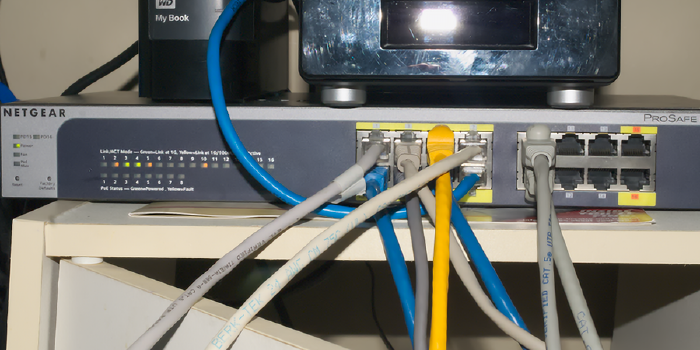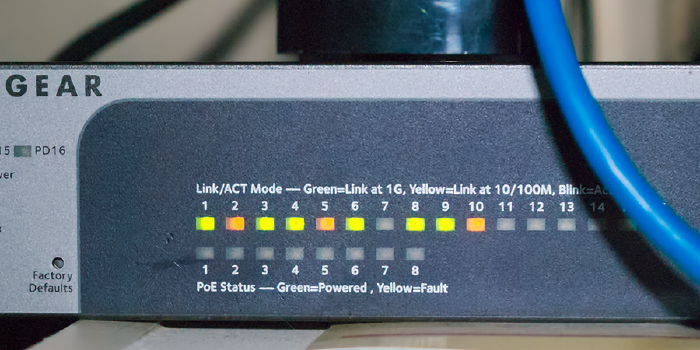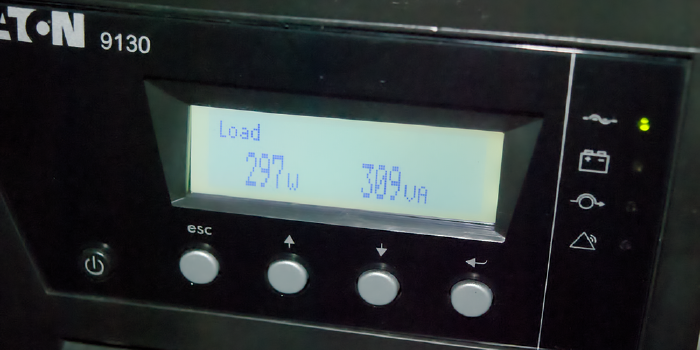So here’s a short one for you: Do you like your temperatures expressed as °F, or °C?
Well, there’s one fundamental issue with me writing like the way I have been.
I can put, say, “I decreased temperatures by 20°F by cleaning the fans,” but if you’re a °C person, then you need to take a quick detour to convert that to units that you’re more familiar with.
A common way to do this would be to notate that as “20°F (11.11 °C)”, which works, but I’m effectively stating myself twice, and hoping that I actually got my numbers right.
Plus that opens up the possibility for writing °F (°C) one time, and °C (°F) another.
So for basically no benefit except me getting to be proud of myself, let’s improve on that.
Continue reading




